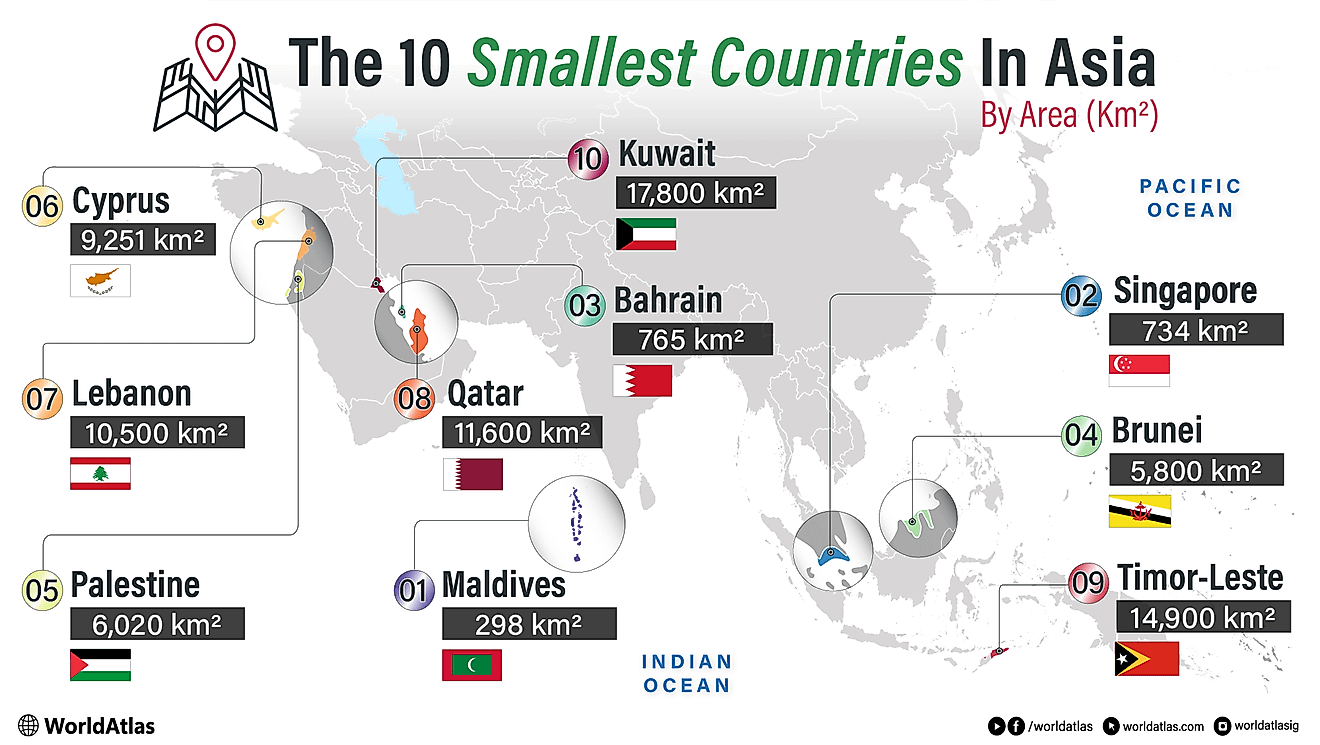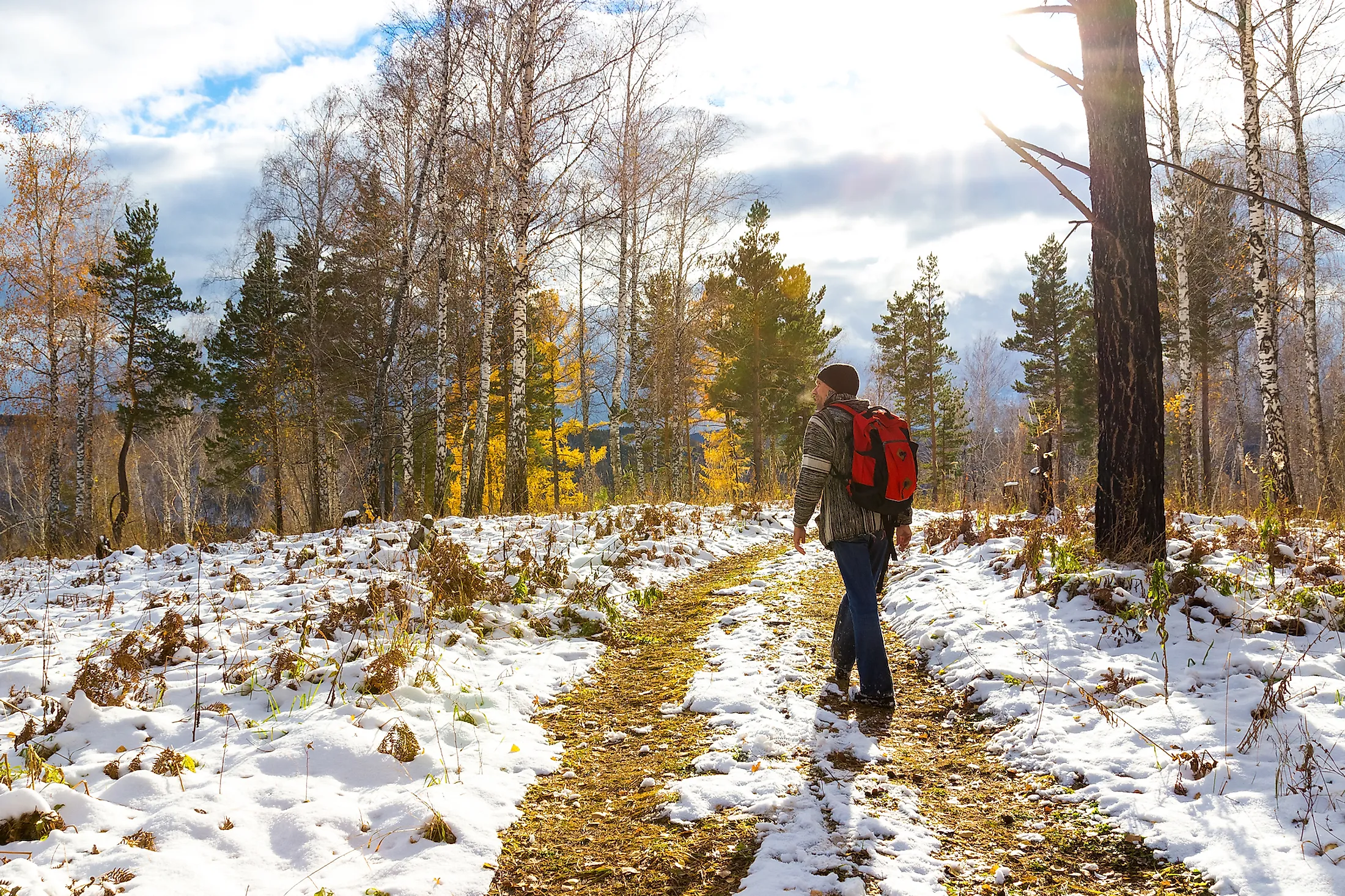
Siberia
Siberia is the northernmost region of Asia. Most of the region belongs to the Russian Federation. In fact, it comprises most of Russia’s territory. Siberia’s name comes from the Tatar word for “sleeping land”. It is one of the largest landmasses in the world, comprising about 9% of the entire world’s dry landmass. Without it, Russia would not be able to claim the status as the largest country in the world. Siberia consists of different geographic regions. It also consists of several different peoples and cultures. The Russians, however, have dominated the region since the 17th century. During the 20th century, Siberia was a key industrial region of the Soviet Union, as well as a location for some of the USSR’s notorious gulags.
Geography
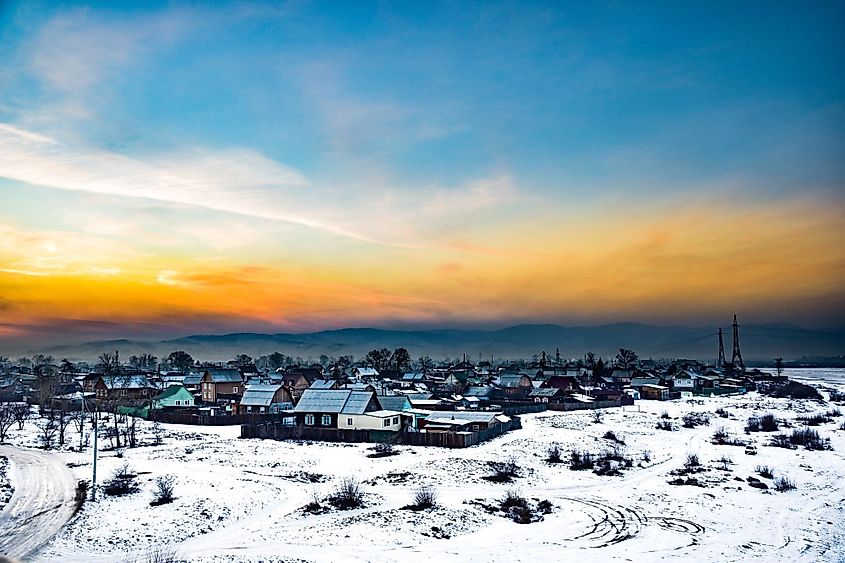
The total area of Siberia is about 13,488,500 sq. km. All but the extreme southwest of the region belongs to Russia. The remainder belongs to the former Soviet republic of Kazakhstan. The Ural Mountains constitutes Siberia’s western border. To the south of Siberia are Kazakhstan, Mongolia, and China. Siberia is bordered to the north by the Kara Sea in the west and the East Siberian Sea in the east. To the southeast of Siberia are the Sea of Okhotsk and the Sea of Japan. The farthest eastern extent of Siberia borders the Bering Sea, across which is the US state of Alaska. There are several islands that are also considered part of the region of Siberia. One of the largest is the island of Sakhalin, which lies very close to the Siberian mainland in the aforementioned Sea of Okhotsk. To the immediate south of this island is Hokkaido, the northernmost island of the Japanese mainland. In addition, a chain of islands known as the Kuril Islands, situated between Hokkaido and the Kamchatka Peninsula, is also considered part of Siberia, as are the islands in the Kara Sea and East Siberian Sea.
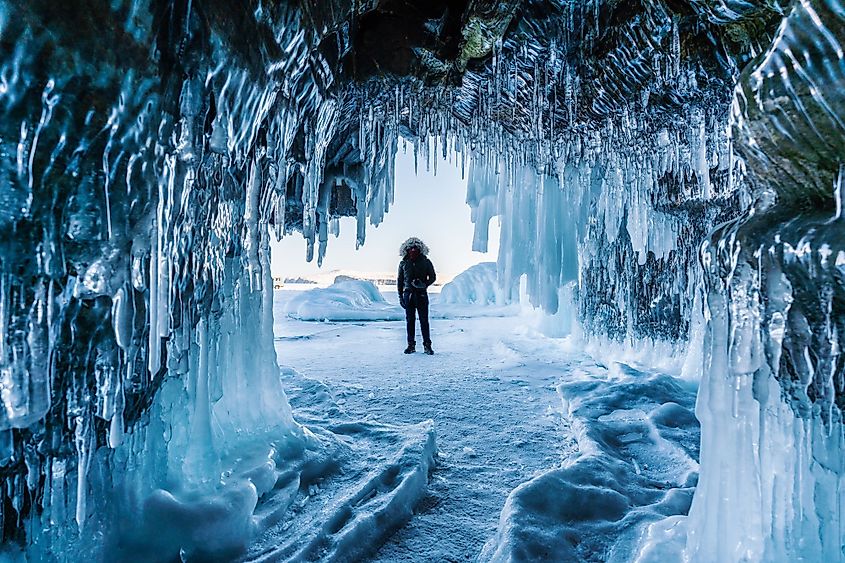
Siberia contains four distinct geographical regions. One region is known as the West Siberian Plain, which is adjacent to the Ural Mountains. It is a relatively flat region containing large areas of swampland. East of the Yenisei River is Central Siberia, a geographic region that consists mainly of plains and the Central Siberian Plateau. The basin of the Lena River separates Central Siberia from Northeastern Siberia, which contains a number of mountain ranges, upland massifs, and intervening basins. The smallest region of Siberia is what is known as the Baikal area, which is an area surrounding Lake Baikal in the south-central area of the region.
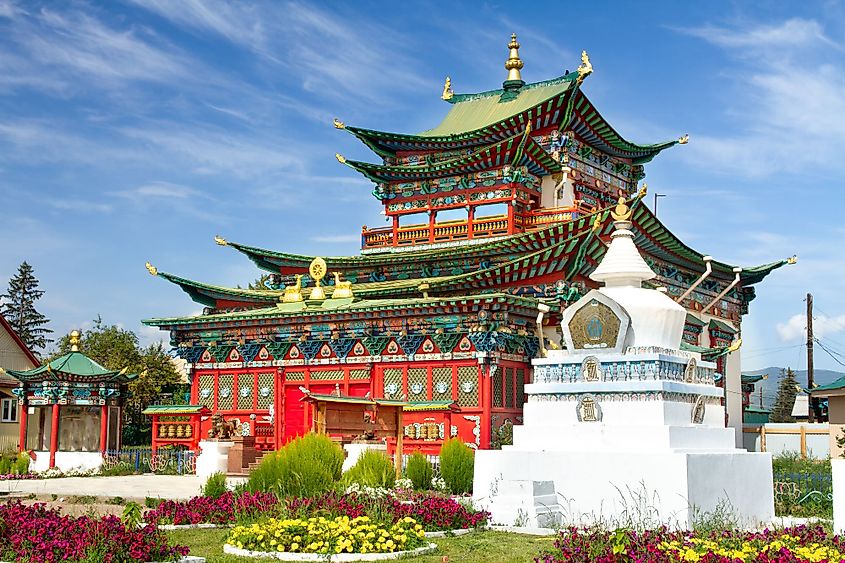
In terms of political geography, Siberia is divided into two federal districts, the Siberian Federal District in the west and the Far Eastern Federal District in the east. These federal districts are further divided into other subnational jurisdictions. Some of these jurisdictions are known as republics, which are somewhat equivalent to US states. These republics largely correspond to the territory of a particular ethnic group. They include Sakha (Yakutia), Buryatia, Tuva, Khakasiya, and the Altai Republic.
Demographics
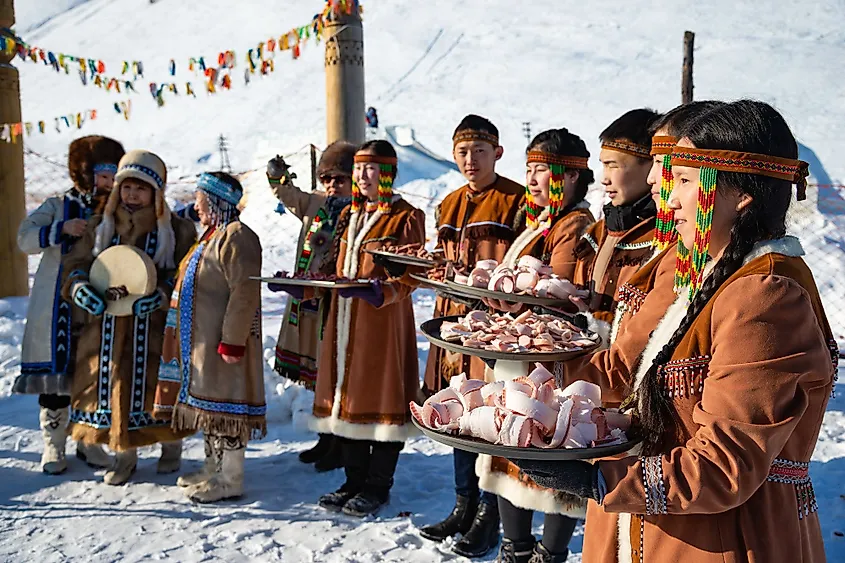
Siberia is very multiethnic and multicultural. People of Russian origin make up the bulk of the population in the region. They live mostly in the large cities close to the borders with Kazakhstan, Mongolia, and China. However, there are also several non-Russian ethnic groups living in Siberia, some of which are indigenous to the area. They include Turkic peoples like the Yakuts (Saha) in the Republic of Yakutia, the Tuvans in the Republic of Tuva, the Altai of the Altai Republic, and the Khakas of Khakasiya. People of other linguistic groups in Siberia include the Buryats of Buryatia, who are related to the Mongols, as well as other, smaller groups.
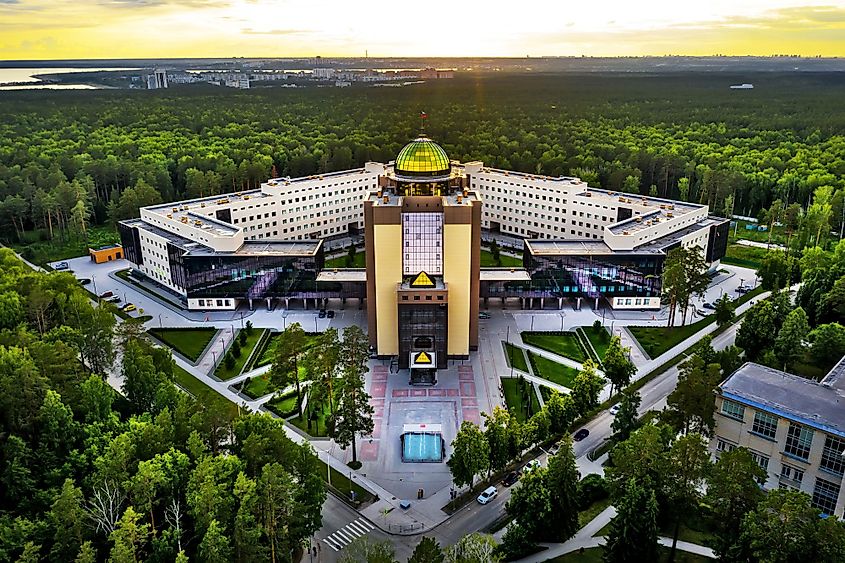
The most populous city in Siberia is called Novosibirsk, which is situated on the banks of the Ob River. It contains more than 1.6 million people, making it the third biggest city in all of Russia. Russia’s fourth biggest city, Yekaterinburg, is also located in Siberia, just east of the Ural Mountains. The city of Omsk, which has a population of more than 1.1 million, is situated close to the border with Kazakhstan. Vladivastok, a large city in Russian Far East, is located on Siberia’s southeast coast, facing the Sea of Japan, in close proximity to the border with northeastern China. It has long been an important Russian naval port. Other major cities in Siberia include Krasnoyarsk, Barnaul, Irkutsk, Tomsk, Kemerovo, and Novokuznetsk.
History
It is not known where the first people to live in Siberia came from. They could have come from Europe, Central Asia, or East Asia. In the period close to 1,000 BCE, the region fell under Chinese influence, but by the 3rd century BCE, Turkic and Mongol influence had taken over. By the beginning of the 13th century CE, much of Siberia was part of the vast Mongol Empire, led by Genghis Khan. The region would remain under Mongol influence until about the mid-15th century.
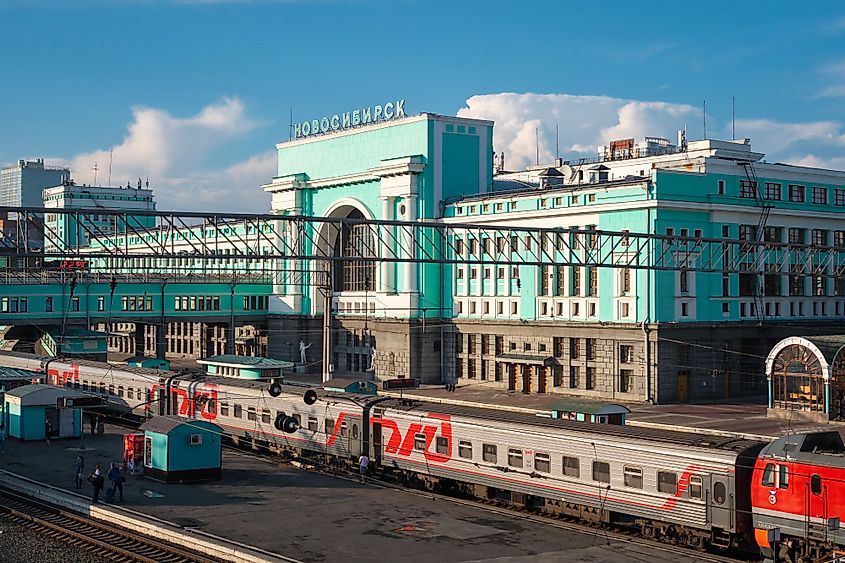
Russian intrusion into Siberia began in the 1580s. By the mid-17th century, the Russian Empire had reached the far eastern coast of Siberia, on the Sea of Okhotsk. By the mid-19th century, the Russian conquest of Siberia was complete, marked by the founding of Vladivostok on the Sea of Japan in 1860. Other people from Europe also moved into the region over the centuries. In the 17th century, for instance, Komi peoples, Lithuanians, Ukrainians, Belarussians, as well as small numbers of Germans, Greeks, Tartars and Turks came to settle in Siberia. Later on, other groups of people arrived in the region, some of whom were victims of forced exile, such as Swedish prisoners of war, and Poles, Lithuanians, Belarussians, Ukrainians and Jews from rebellious Polish territories. In addition, people from the central regions of Russia, Belarus, and Ukraine came to settle in Siberia following the abolition of serfdom in 1861. In 1891, construction on the Trans-Siberian railroad began. The rail line was finally completed in 1905. In 1914, nearly 10 million people lived in Siberia.
During the Russian Civil War (1918-1920), an anti-Bolshevik regime controlled much of Siberia until 1920. By 1922, however, virtually all of Siberia was incorporated into the new Soviet Union. Shortly after the USSR was founded, the large-scale exploitation of Siberia’s natural resources began at a rapid pace. Coal mining and iron-and-steel facilities were established. Much of the mining was done using slave labor. During World War II, Siberia’s industrial complex became even more important as the factories in the western, European portion of Russia had to be evacuated during the Nazis’ march towards Moscow. Thus, Siberia’s industrial facilities proved crucial for the war effort.
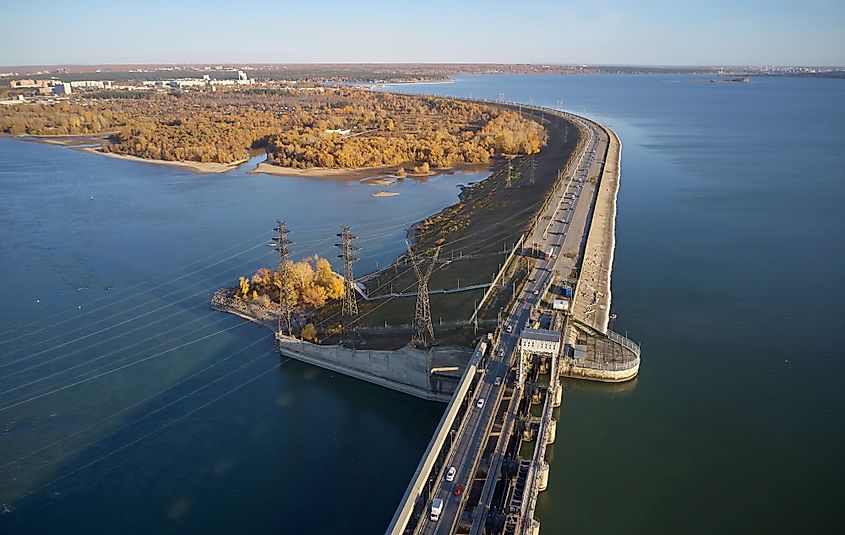
The mid-20th century saw further industrial development and expansion in Siberia, part of which was the establishment of oil wells and hydroelectric facilities in the region. More railroads were also built, including the Baikal-Amur Magistral (BAM) railroad between Ust-Kut, on the Lena River, and Komsomolsk-na-Amure, on the Amur River, which was completed in 1980, with a distance of 3,200 km. During much of the 20th century, Siberia was often used as a location for the notorious gulag prison system. Many of the gulag camps were built in the northeast area of the region. Major industrial cities in northern Siberia, such as Norilsk and Magadan, were built with prison slave labor.
